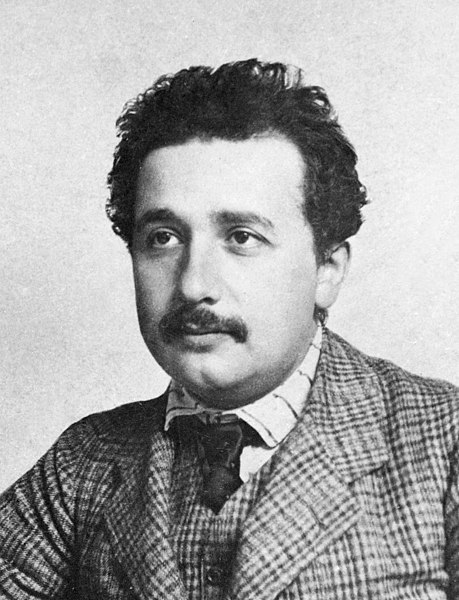In a recent preprint Riemannian Structures on ℤ₂ⁿ-manifolds, Janusz Grabowski and I initiated the study of Riemannian geometry in the setting of ‘higher graded’ supermanifolds.
ℤ₂ⁿ-manifolds are, very loosely, manifolds that have coordinates with a ℤ₂ⁿ-degree (ℤ₂ⁿ := ℤ₂ x ℤ₂ x … x ℤ₂, n-times) and are commutative up to a sign factor that is determined by the standard scalar product of the ℤ₂ⁿ-degrees of the coordinates. This is, of course, very much like the situation for supermanifolds where we have a ℤ₂-degree and the standard graded commutation rule. Generalising the theory of supermanifolds to this higher setting turns out, in general, not to be straightforward. There are often complications as one has to deal with formal coordinates that are not nilpotent. Much of the foundational theory is in place, though there are plenty of questions that remain open, see, for example [1,2,3].
The question of Riemannian structures on ℤ₂ⁿ-manifolds is a natural one given the importance of Riemannian geometry in physics, engineering, and so on. Much like supermanifolds where one has metrics that carry ℤ₂-degree or parity, so we have even and odd metrics, on ℤ₂ⁿ-manifolds one has Riemannian metrics of all possible ℤ₂ⁿ-degrees. However, for the most part, there is no real complication here. Importantly, we still have the Fundamental Theorem, that is, no matter the degree of the Riemannian metric we have a canonical symmetric and torsionless connection, i.e., the Levi-Civita connection. The Riemann curvature, Ricci tensor and Ricci scalar can all be defined.
But this is where it gets interesting. While we have Riemannian metrics of arbitrary degree, there are some differences between metrics of even and odd total degree, i.e., sum the components of the ℤ₂ⁿ-degree of the metric. For ℤ₂ⁿ-manifolds with an odd Riemannian metric, the Ricci scalar identically vanishes, i.e., all odd Riemannian ℤ₂ⁿ-manifolds have zero scalar curvature.
Another interesting result is that the connection Laplacian (acting on functions) associated with an odd Riemannian metric also vanishes. This means that one cannot, using the connection Laplacian, develop the theory of harmonic functions on an odd Riemannian ℤ₂ⁿ-manifold.
References
[1] Covolo, Tiffany; Grabowski, Janusz; Poncin, Norbert The category of ℤn2-supermanifolds. J. Math. Phys. 57 (2016), no. 7, 073503, 16 pp.
[2] Bruce, Andrew James; Poncin, Norbert Functional analytic issues in ℤn2-geometry. Rev. Un. Mat. Argentina 60 (2019), no. 2, 611–636.
[3] Bruce, Andrew; Poncin, Norbert Products in the category of ℤn2-manifolds. J. Nonlinear Math. Phys. 26 (2019), no. 3,
